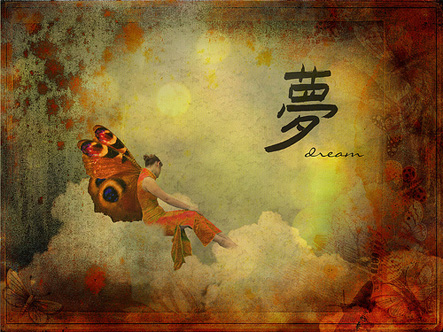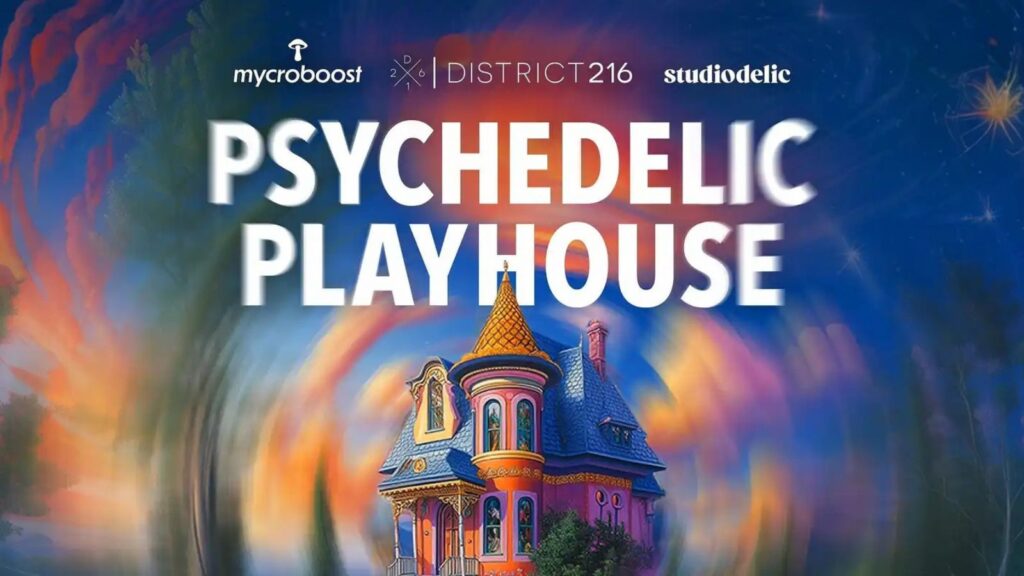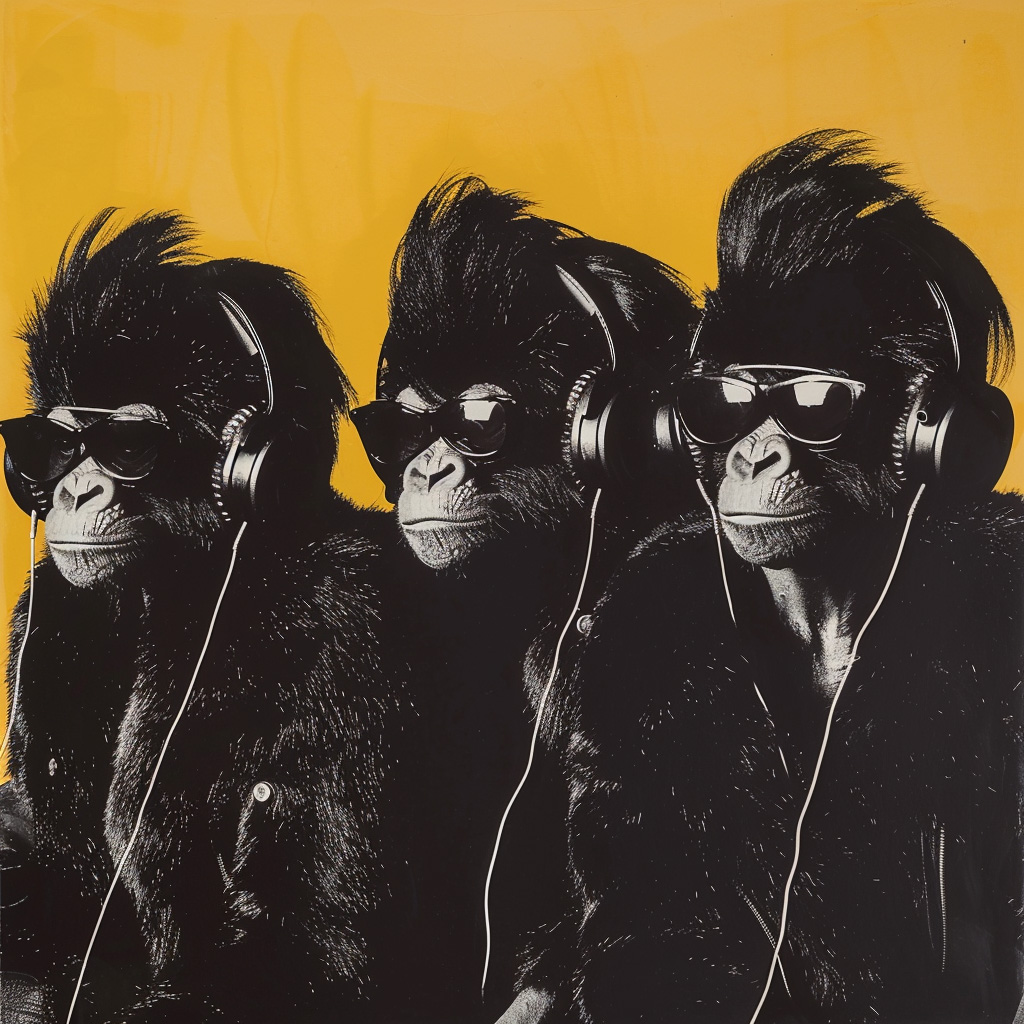I have been recording my
dreams since 1988. Today, on average I record about four dreams a night – down
from twelve a night at the turn of the millennium. At that time, my dreams guided me
through the death and rebirth of my gender identity. Dreams are so integral to
my new identity that I do not have the capacity to do much of anything except
work with dreams. I am as occupied with dreams as other people are with their
career. I write a blog interpreting reader-submitted dreams called Ask the
Dream Queen.
This article distills my
understanding of dreams to the essentials: how to approach dreams and how
dreams approach us.
Approaching dreams
The more attention we give
dreams, the more they say.
Practically anyone can learn
to remember and understand their dreams. Like learning anything new, it is only
a matter of devotion and practice.
When we get stuck in
waking life, it can be useful to ask dreams for a solution. They will respond
to any question, as long as it is sincere and persistent.
Dreams are not random. Each
detail in a dream is meaningful on some level.
There is no correct
interpretation to a dream, except the one that feels right. Similarly, music is
not correct or incorrect, it just feels right. It is no wonder then that incredible music, like none ever heard in
waking-life is fairly common in dreams.
A classic book for learning
how to interpret dreams is Robert Johnson's Inner-Work.
When we alter our behavior and attitudes in response to our
dreams, we leave behind the past and change how we relate to the present, and
thence we alter the future.
Dreams' approach
Dreams are a river flowing
from an unconscious reservoir of unthought thoughts, unrealized
capabilities, and unnoticed feelings and perceptions. If we are unable to admit something about ourselves in
waking life, it will surely appear in a dream, whether it is unpleasant or
marvelous.
Our dreams reflect us like a mirror of our whole selves. The
mirror reveals us as a blend of the
individual, collective, global and cosmic; of the mundane & sublime; of
being, doing, feeling, knowing and belonging; and of gender, nature, archetype,
story, culture, and the occult. Dreams know us as souls learning to incarnate
the flesh, life-in and life-out.
Dreams routinely recount
years of past experience to deepen our understanding of how we came to the
present. For this reason, dreams sometimes elucidate past lives. For example,
my dreams have portrayed me as a French monk in my last life.
In dreams, religious imagery
is used to either reflect imbalances or to express the spiritual essence that
institutional religions have such difficulty conveying. Dreams have told me
that the church needs dreams. Dreams will destroy religion, undoing the need
for it by propagating spiritual unity. Then the church, temple, and mosque will
be the body, world, and universe.
I had a dream of Jesus and
his inner-woman, naked. Their flesh was made of interlocking stars – his were
yellow and red, and hers yellow and blue. His inner woman is named Sophia,
which means wisdom. Her legs were open to me, offering me anything.
People who consistently
remember their dreams have dreams about events of the coming days. Hence,
dreams can act as radar, giving warnings about dangerous people and situations. Dreams reveal the distant
future, suggesting that destiny – individual and collective – is already known.
As an example, I had this dream about the momentousness of my gender-identity
switch, ten years before it happened:
My girlfriend is an
all-powerful being, and on the fourth day of the fourth month, four years from
now, she will bring all things horrible and perfect into the world.
I ask,
"Will you remember me?"
She says, "I will keep you safe."
Dreams' knowledge of the
future is useful for knowing where we are going, whether it is to initiatory
tribulation – as in the above dream – or to a better world, as in these dreams,
both from 1998:
The new map is made up of circles. Each one represents a person who
gives their heart to love. The circles are housed in color. There's no likeness
between this map and the world map.
Walking from the old world to the new world is like walking from one
room to the next. The room of the old world is black & white, while that of
the new world is in color.
Dreams
guide initiation – collectively and individually – into the new world.
Dreams have an agenda.
Dreams would have us act always from wisdom, without
compromising to tradition or past trauma or socialization or any form of
historical residue. Also, dreams would have us realize our full potential so they remark on everything stifling our
potential and everything facilitating it. Our fullest potential is everlasting
life through the flesh, attainable by adapting our viewpoint to that elaborated
in dreams.
Dreams have a philosophical
agenda not contained in any dream dictionary. As an example, here is some
philosophy that came directly from dreams:
One monk says, "Desire is a boiling pot through which flesh is
purified." Another monk says, "We cannot
destroy the world because of the Tao. The world is a showcase for the
Supernatural Being."
Without anything worldly as the basis of exchange, love burns away
impurity.
The only conspiracy is the
conspiracy against love.
Dreams are true facts.
Dreams almost always present
their message with metaphor. The genius
of dreams is metaphor. Metaphor puts one thing in the context of something else,
and in dreams it does so in a consistent, logical, and orderly fashion. As
such, metaphor transmutes universal interconnectedness, the crown of which is
the unity of male & female. God is male & female. Being made in God's
image, people are metaphors of God.
The
universe is whole and has a purpose, just like each person. Each person is a microcosm
of God. To the extent people are unaware of this, dreams promote awareness of
it by putting forth perspectives on perspectives on perspectives that lead past
the horizon of the imagination, to Heaven.
Images by daybeezho, used courtesy of a Creative Commons license.















